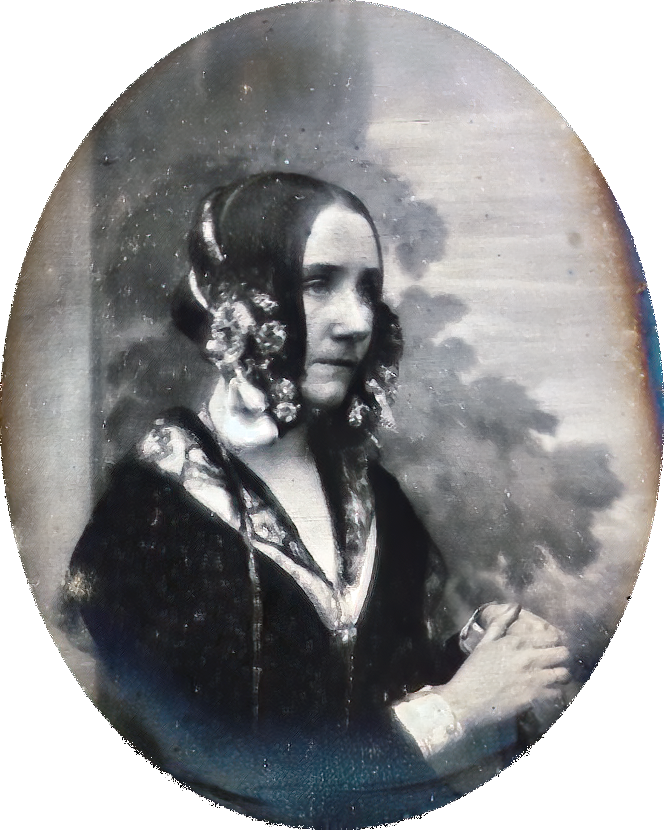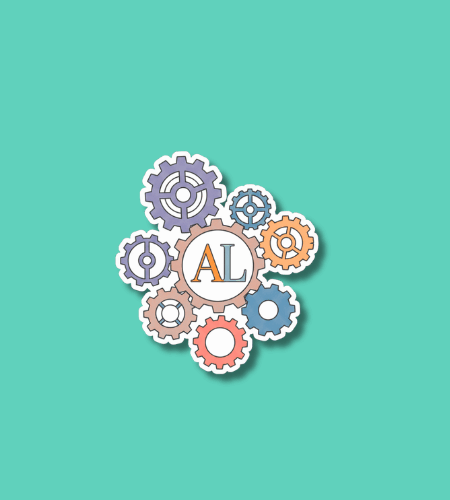Ada Lovelace Day (often abbreviated ALD) is observed every year on the second Tuesday of October. It’s a day dedicated to celebrating the achievements of women in STEM (science, technology, engineering, and mathematics) and promoting greater visibility, equity, and inclusion in those fields. 1
History of Ada Lovelace Day

Ada Lovelace Day was founded in 2009 by British technologist Suw Charman‑Anderson. The idea originated from an online pledge via PledgeBank, inviting people to blog about a woman in technology whom they admired. Nearly 2,000 people responded, writing posts, columns, and other pieces to draw attention to women’s contributions in tech fields.
From that first “day of blogging,” the observance evolved into a more organized and international event. Since 2010, ALD has been held on the second Tuesday in October, with many kinds of grassroots events—talks, workshops, panels, Wikipedia edit‑a‑thons, and more—held in schools, universities, companies, and communities around the world. Over time, Ada Lovelace Day has grown beyond just honoring Ada herself to being a broader rallying point for acknowledging and supporting women and other underrepresented groups in STEM.
Why is Ada Lovelace Day important?
Though there are many initiatives for gender equity in science and tech, Ada Lovelace Day has a distinct role: it emphasizes storytelling, spotlighting individual lives, contributions, and pathways. By showcasing many women’s stories—past and present—it helps counter the often invisible or forgotten footprints women have left in STEM. These stories humanize the discipline; they show that behind formulas and machines are people with challenges, creativity, persistence, and vision.
Moreover, ALD works as a catalyst for action. It doesn’t just celebrate; it encourages tangible steps: editing Wikipedia pages to improve the representation of women in STEM, organizing workshops or mentoring sessions, or simply having conversations in schools and workplaces about equity and inclusion. It acts as a reminder that the work toward inclusive STEM is ongoing, not a one‑off gesture.
- It highlights role models whose stories might otherwise go unnoticed
- It encourages the creation and amplification of women’s voices in STEM
- It nurtures spaces where younger or marginalized people feel they belong
- It provides momentum for organizations, schools, and communities to act
- It helps correct gender bias in knowledge platforms like Wikipedia
How to Observe Ada Lovelace Day
One powerful way to celebrate is to share stories—write a post, give a talk, or host a short presentation about a woman in STEM whose work inspires you. This might be a historical figure or someone in your community whose contributions haven’t gotten wide recognition. Pair the storytelling with a concrete call to action—encourage attendees or readers to contribute to editing or creating women’s biographies in STEM on Wikipedia, or to nominate women for visibility in your institution.
Another approach is hands‑on engagement: organize or attend a workshop (coding, robotics, data science, etc.) targeted especially toward girls or underrepresented people in your community. Mentor a student, run an “intro to STEM” session, or set up a mini hackathon. Even small events—like a roundtable discussion in a classroom or company lunch talk—can ripple outward. Wherever possible, try to make these events inclusive, supportive, and accessible.
- Tell someone about a woman in STEM you admire
- Host or join a Wikipedia edit‑a‑thon focused on women scientists
- Organize or attend a STEM workshop for underrepresented learners
- Mentor or support someone interested in STEM
- Invite a speaker (locally or virtually) to share their journey
Ada Lovelace Day Dates Table
| Year | Date | Day |
|---|---|---|
| 2025 | October 14 | Tuesday |
| 2026 | October 13 | Tuesday |
| 2027 | October 12 | Tuesday |
| 2028 | October 10 | Tuesday |
| 2029 | October 9 | Tuesday |
Subscribe to our newsletter and never miss a holiday again!

